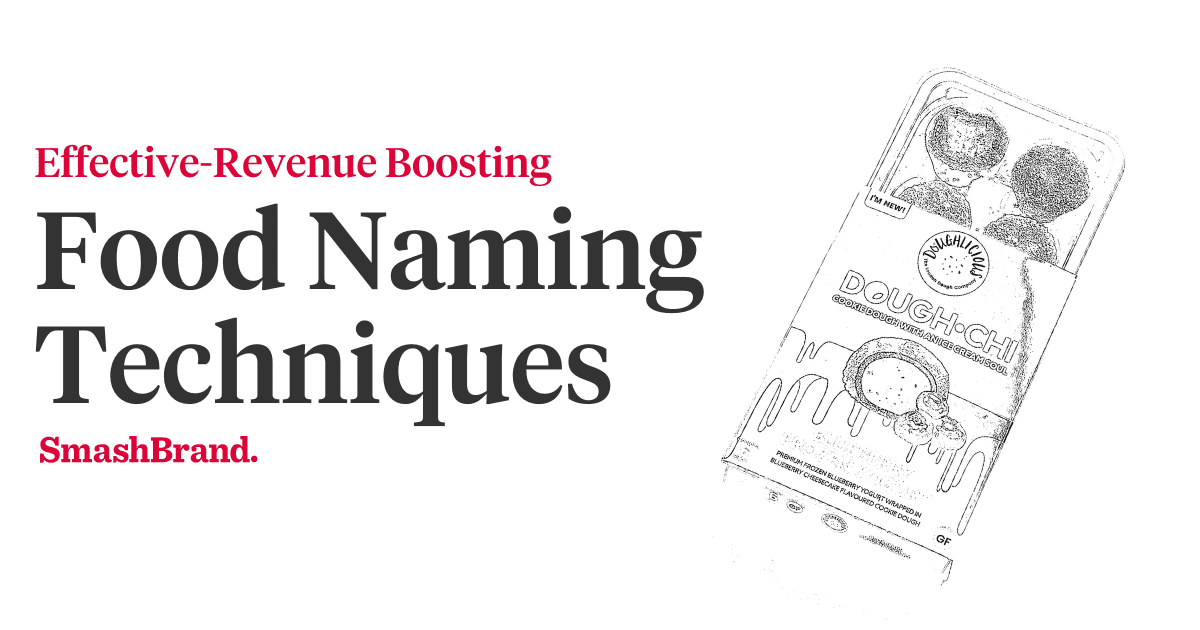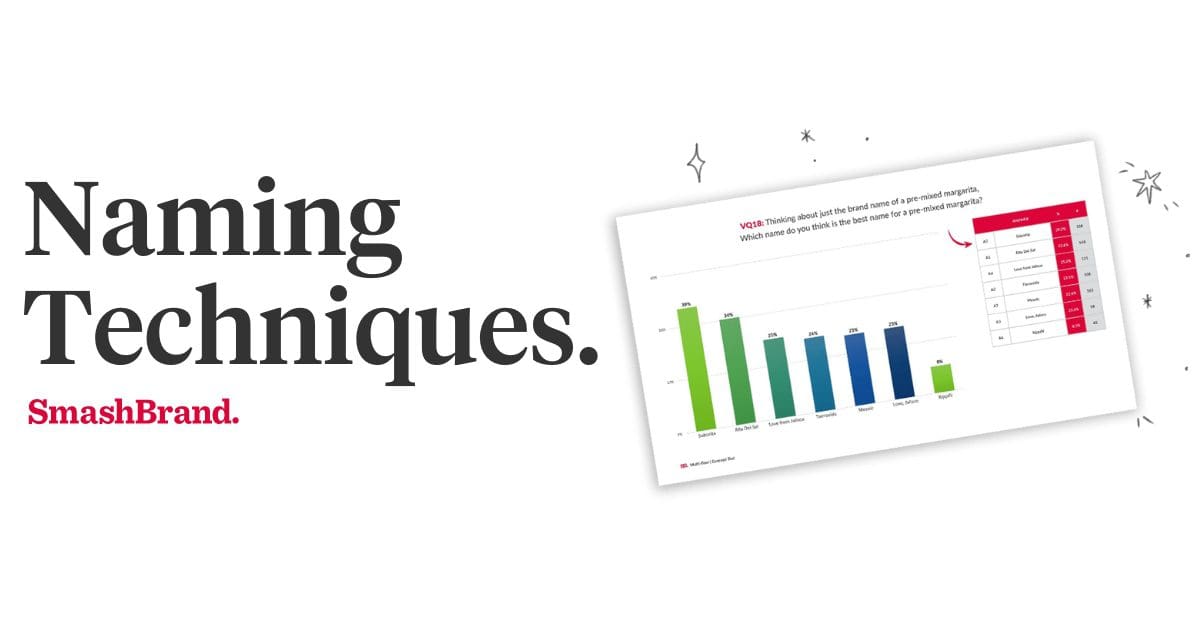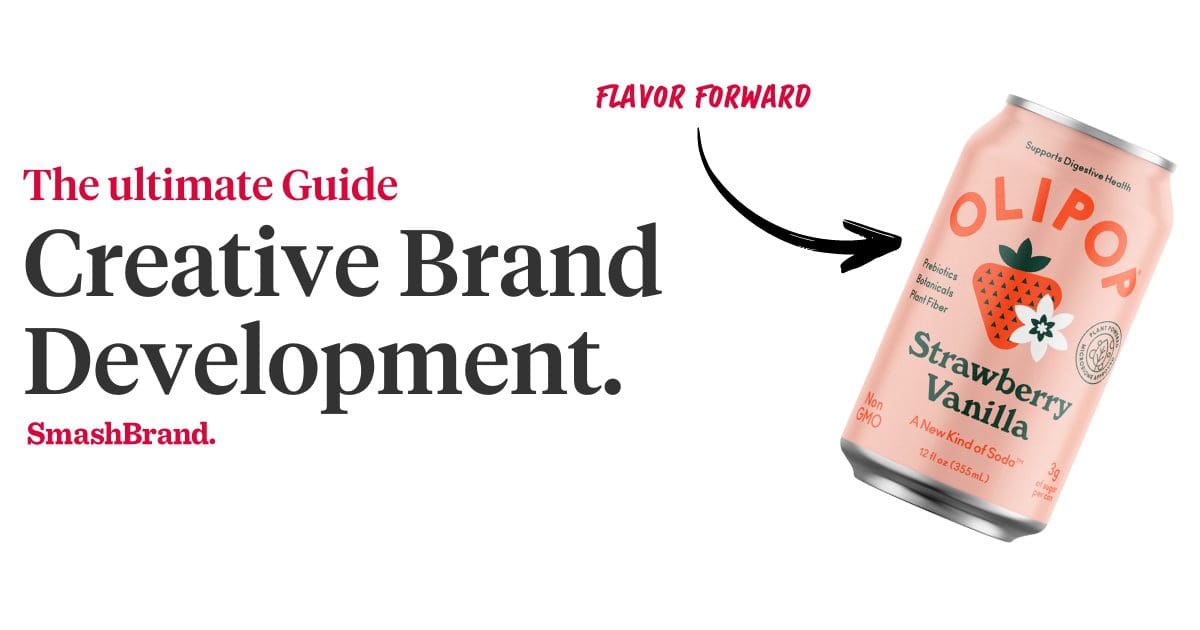Listen to This Article

Does your packaging design company get all excited at the thought of quantitative research? Will your design team spend hours deciphering hundreds of pages of statistical data? Do your designers deeply love graphs? If the answer is no, you might want to rethink your packaging design associates.
Consumer appeal isn’t accidental; a huge amount of detailed study is involved in determining which marketing strategies will succeed and which will likely fail. Beautiful and trendy design alone doesn’t always work — as much as it pains us to admit it. Sadly, the general population sometimes just doesn’t embrace good taste, as the blitz popularity of “Gangnam Style” will tell you.
Packaging design is far more than the mere conceptualization of packaging structures and eye-pleasing graphic designs; it involves vigorous and in-depth market analysis. After all, you want your package to sell your product, and if the factors that contribute to consumer appeal remain a mystery, your product will remain on store shelves indefinitely, no matter how great it is or how beautifully designed the package.
What is involved in packaging design research, anyway? How does a company — particularly a new company — determine what will or will not speak to the largest number of customers? Here are a few of the crucial tactics involved in demystifying consumer buying habits.
Get your Hands on the SmashReport!
And enter to win a FREE brand diagnosis worth $20,000.
*The SmashReport is a monthly newsletter for FMCG and CPG brands, helping them stand out in the competitive retail marketplace.
Demographic Isolation
Where is your product sold, and what retailers carry it? Furthermore, what sort of customers typically shop at the retail outlets that carry your products? What other products are popular with your demographic, and what do their brand identities communicate?
Even if you want your products to be the darling of prestige retailers, if the fact is that it is more likely to be sold at 7-Eleven than Bristol Farms, you have to encourage the 7-Eleven demographic to reach for it, and their needs and desires are very different from the locally sourced, sustainable and organic crowd.
Ethnography
What are the cultural influencers that dictate the buying habits of your target demographic? Are they more likely to scrutinize the package label, or do they grab whatever is the cheapest? Which products are the most popular amongst this particular subgroup, and why?
In Depth, One-on-one Interviews
Interviewing individual customers about their buying habits can yield mountains of useful information — perhaps more so than design focus groups. During individual interviews, customers aren’t influenced by the sentiment of the group, and they are given the opportunity to delineate their particular habits freely and in great detail.
When consumers feel as though they are an integral part of the design process, they can engage quite enthusiastically with the brand. Customers like to feel as though their concerns and desires are being heard, and this can go far in developing your brand identity.
Focus Groups
Design focus groups are especially good for established brands, since they are more likely to be familiar with their brand identity, and will therefore deliver relevant information about their experiences with that brand’s products. However, one does have to be careful about focus groups, because an unfortunate reality of focus groups is group-think; if one or two members of the group exhibit particularly strong opinions, then that can affect the responses of the rest, and these responses might not reflect their actual habits. Moreover, some members of focus groups are just in it for the money or whatever other incentives that led them to the room. Imagine!
It is hugely important to have an experienced and knowledgeable moderator for focus groups in order to glean the most accurate results. Focus groups are especially helpful at the last stages of packaging development, when the strategies are ready to be put into practice.
When you’re unveiling a new product or reconfiguring the packaging strategy for an existing product, you have know your consumer desires backwards and forwards if you want your results to sing. The proper packaging design research strategies could make the difference between a pretty package and a package that sells.





